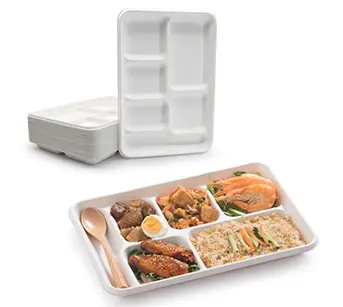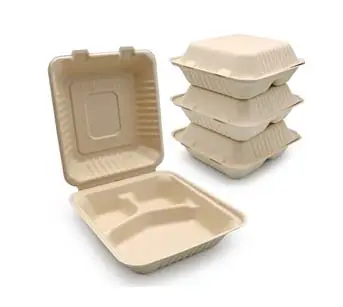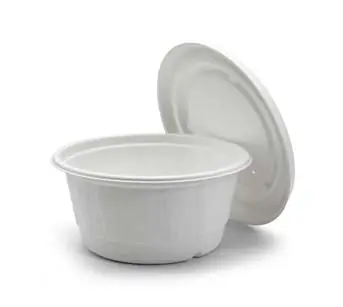In the dynamic landscape of food packaging, the quest for sustainable and eco-friendly solutions has become increasingly crucial. This leads us to the spotlight on compostable clamshell packaging, particularly focusing on the unique aspects of its material, production, and overall environmental impact.
What materials may be used to package food products?
Food packaging encompasses a wide array of materials, each with its own set of advantages and environmental considerations. From traditional plastics to glass and paper, the choices are diverse. However, the environmental impact of packaging materials has sparked a shift towards more sustainable options. One notable solution involves utilizing agricultural by-products like sugarcane bagasse as a raw material for food packaging, aligning with the principles of circular economy and resource efficiency.
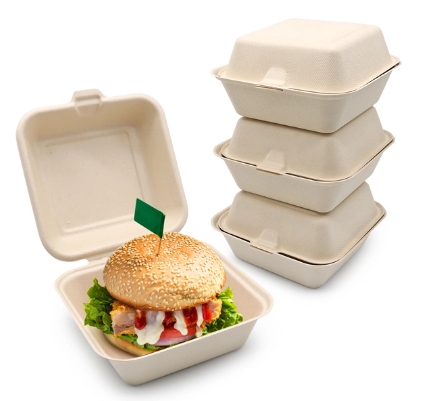
Why is compostable clamshell packaging eco-friendly?
Compostable clamshell packaging stands out as an eco-friendly option primarily due to its raw material – sugarcane bagasse. Derived from the fibrous residue left after extracting juice from sugarcane, bagasse is a renewable resource. Its use in packaging not only repurposes agricultural waste but also reduces dependency on conventional plastics. Compostable clamshell packaging exhibits characteristics that make it suitable for industrial composting facilities, where it can break down into organic matter without leaving behind harmful residues, thus completing a sustainable and circular life cycle.
Is sugarcane packaging microwavable?
Yes, sugarcane fiber packaging, including clamshells, is generally microwavable. The sturdy and heat-resistant nature of bagasse allows for safe reheating of food in the microwave. This feature adds to the versatility of compostable clamshell packaging, making it convenient for both cold and hot food items.
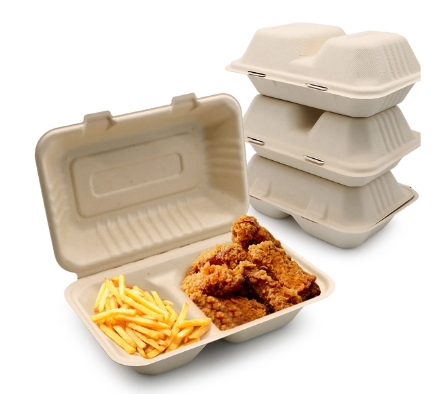
What are the pros and cons of compostable bagasse clamshell packaging
Pros:
Environmentally Friendly: The use of bagasse reduces reliance on finite resources and contributes to waste reduction.
Biodegradability: Compostable clamshell packaging breaks down naturally, minimizing environmental impact.
Versatility: Suitable for various types of food and customizable for different culinary needs.
Renewable Resource: Sugarcane is a rapidly renewable resource, making the production of bagasse sustainable.
Cons:
Moisture Sensitivity: Bagasse can absorb moisture, affecting the integrity of the packaging in humid conditions.
Limited Heat Resistance: While suitable for microwaving, prolonged exposure to high temperatures may impact the structural integrity of the clamshell.
In conclusion, compostable clamshell packaging made from sugarcane bagasse emerges as a promising solution for those seeking environmentally conscious food packaging. By delving into the unique properties of bagasse and understanding the pros and cons, consumers and businesses alike can make informed choices, contributing to a more sustainable and responsible approach to food packaging.


